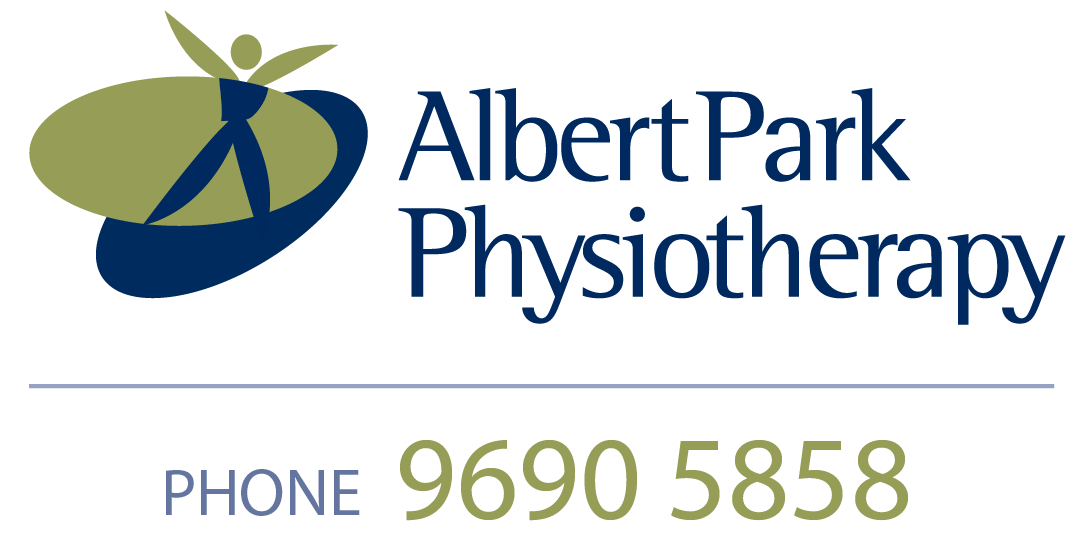Are you middle-aged, a tad overweight, and suddenly experiencing soreness and stiffness in your knee(s)? This may have come on after a jarring incident, an increase in weight bearing activity, or for almost no reason at all. Don’t panic! This does not necessarily mean you are on the slippery slide to a knee replacement!
The most common causes of knee pain in later life that comes on without a significant injury, are the normal aging changes that occur in our joints. Just as we look older on the outside – we also change on the inside!
In the knee, the surfaces of our joints and the menisci (‘cartilages’), which normally cushion our joints, undergo aging processes. In the case of the menisci, they stay in place even though they may wear down or even crack and split. Many of us will not experience any symptoms at all. Some will experience episodes of stiffness and aching when they walk or run, use stairs, or even after periods of rest.
The good news is that in most cases, modifying activity, losing weight, and doing some simple stretching and strengthening exercises for your legs and pelvis, can help to settle symptoms and keep you active for longer.
Physiotherapists at Albert Park Physiotherapy can help assess what your ‘sore knees’ need and prescribe advice and a tailored exercise program.
The important thing to remember is that even if your x-rays/scans show ‘tears in your cartilages’ and/or ‘arthritis’, most people can be helped by non-surgical treatment and either significantly delay or avoid joint replacement surgery in the future1,2.
1Yim JH, Seon JK, Song EK, Choi JI, AU: Kim MC, Lee KB, Seo HY. (2013) "A comparative study of meniscectomy and non-operative treatment for degenerative horizontal tears of the medial meniscus." The American Journal of Sports Medicine 41: 7, 1565-70
2Katz JN1, Brophy RH,(2013) “Surgery versus physical therapy for a meniscal tear and osteoarthritis.” N Engl J Med. May 2; 368(18):1675-84

